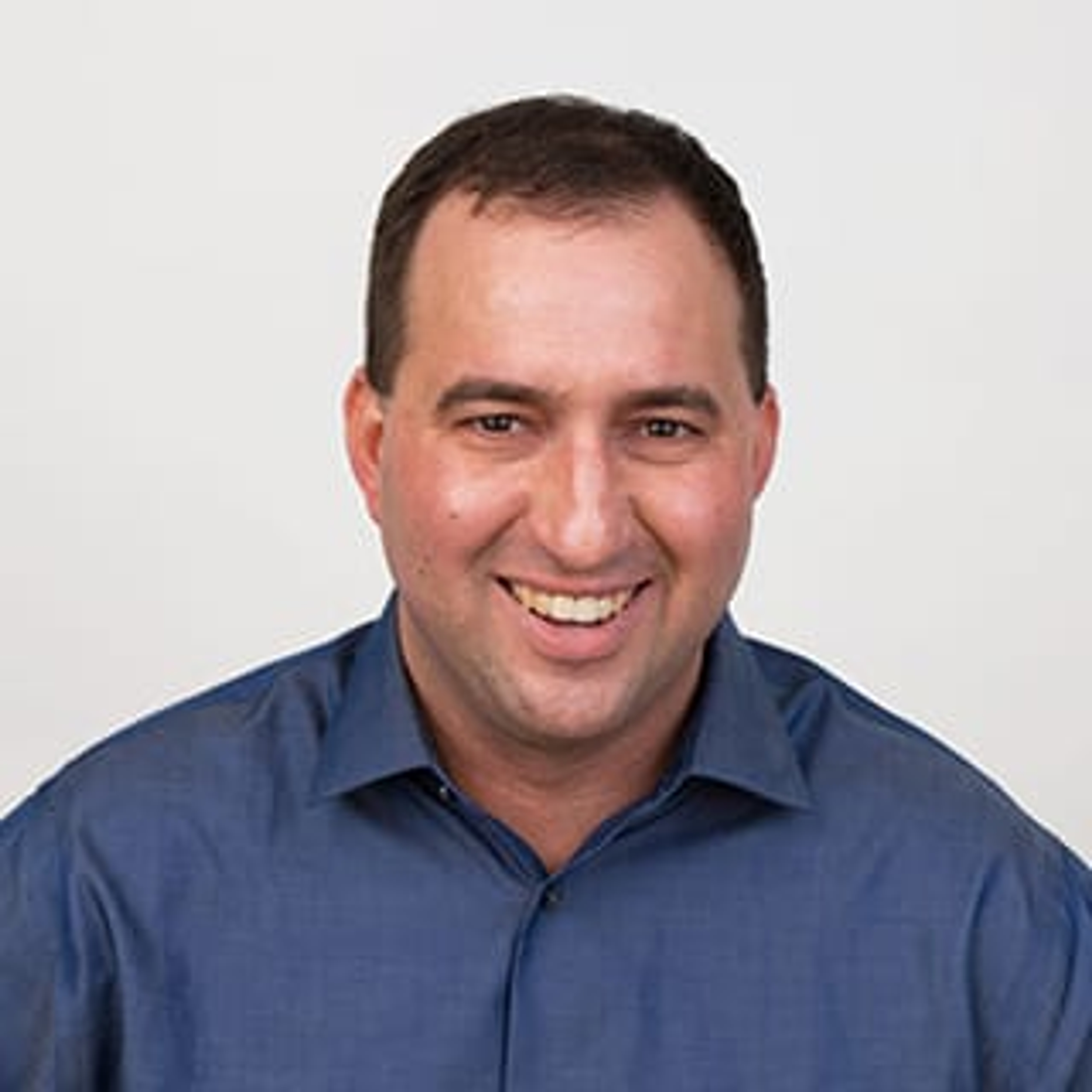
David Silver
Staff Software Engineer at Kodiak Robotics
David works on Self-driving trucks at Kodiak. As a Staff Software Engineer, David writes planning, control, simulation and mapping software for self-driving trucks.
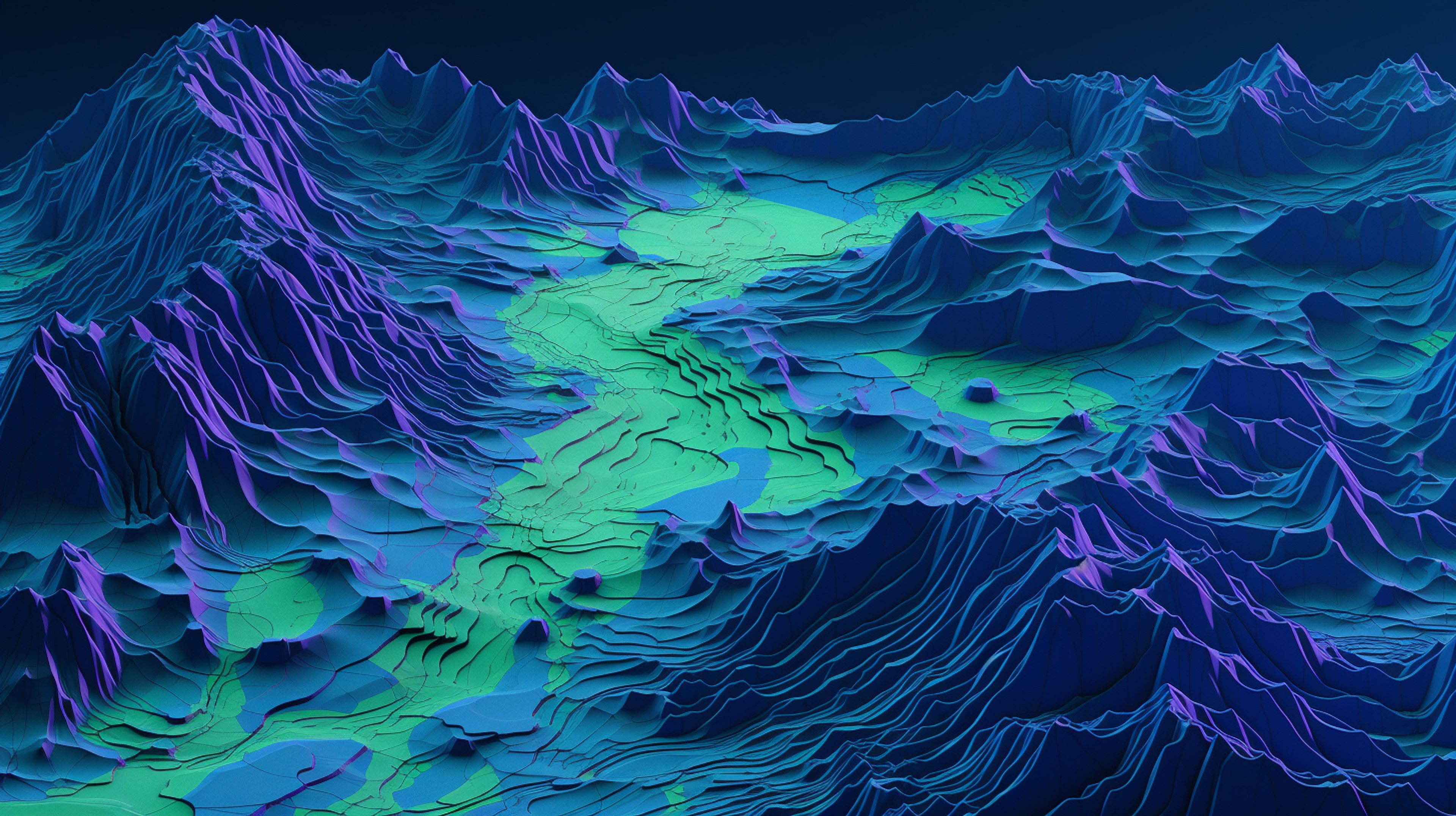
Nanodegree Program
The Sensor Fusion Engineer Nanodegree program consists of four courses that teach the fundamentals of sensor fusion and perception for self-driving cars. The program covers lidar, radar, camera, and Kalman filters, and includes lessons on working with real-world data, filtering, segmentation, clustering, and object tracking. In addition, students will work on a capstone project that involves building a complete sensor fusion pipeline for autonomous vehicles. Upon completing the program, graduates will have the skills and knowledge necessary to design and implement sensor fusion systems for self-driving cars.
The Sensor Fusion Engineer Nanodegree program consists of four courses that teach the fundamentals of sensor fusion and perception for self-driving cars. The program covers lidar, radar, camera, and Kalman filters, and includes lessons on working with real-world data, filtering, segmentation, clustering, and object tracking. In addition, students will work on a capstone project that involves building a complete sensor fusion pipeline for autonomous vehicles. Upon completing the program, graduates will have the skills and knowledge necessary to design and implement sensor fusion systems for self-driving cars.
Built in collaboration with
Mercedes-Benz
Advanced
3 months
Real-world Projects
Completion Certificate
Last Updated March 21, 2023
Course 1 • 1 hour
Course 2 • 3 weeks
Course 3 • 3 weeks
Course 4 • 2 weeks

Staff Software Engineer at Kodiak Robotics
David works on Self-driving trucks at Kodiak. As a Staff Software Engineer, David writes planning, control, simulation and mapping software for self-driving trucks.
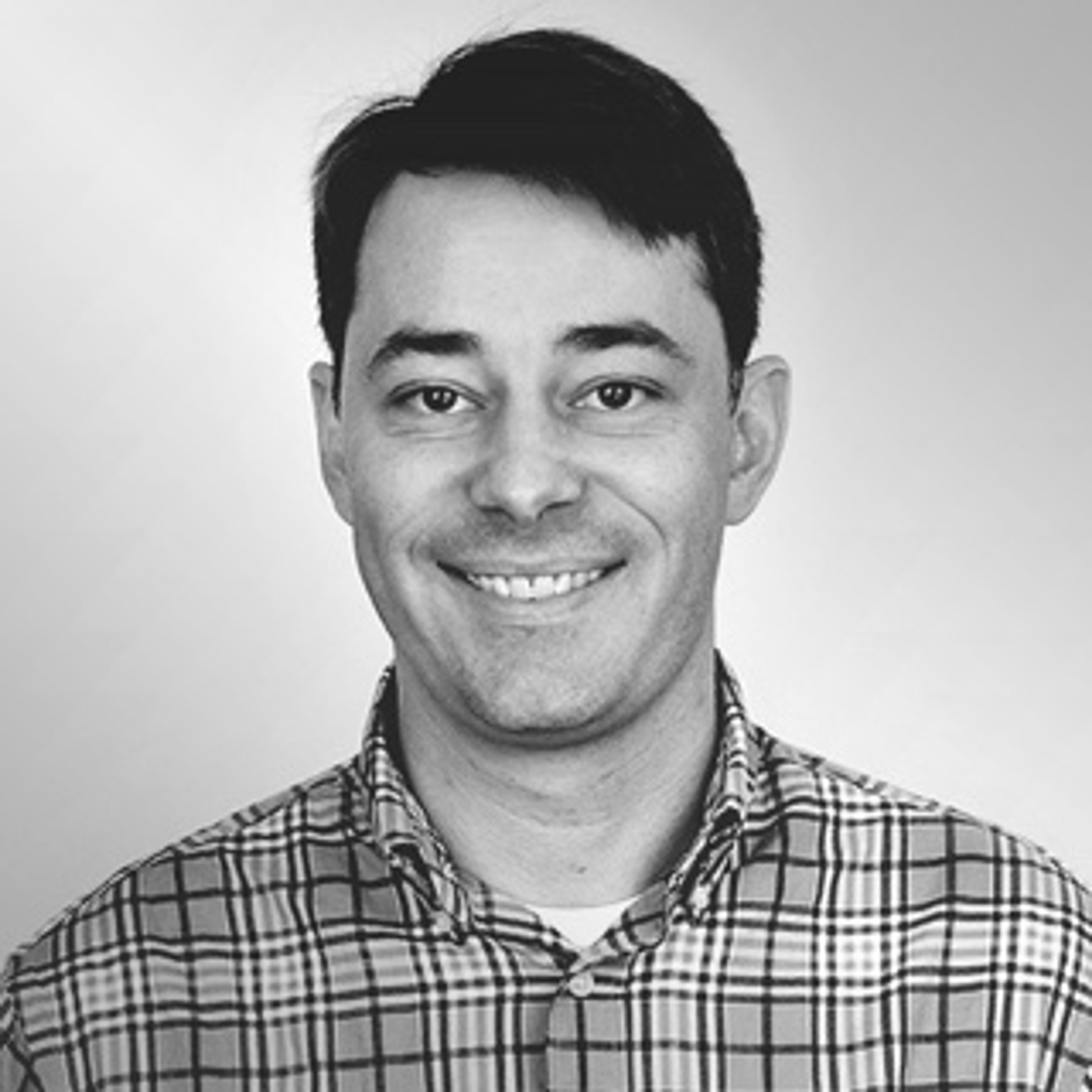
Instructor
Stephen is a Content Developer at Udacity and has worked on the C++ and Self-Driving Car Engineer Nanodegree programs. He started teaching and coding while completing a Ph.D. in mathematics, and has been passionate about engineering education ever since.
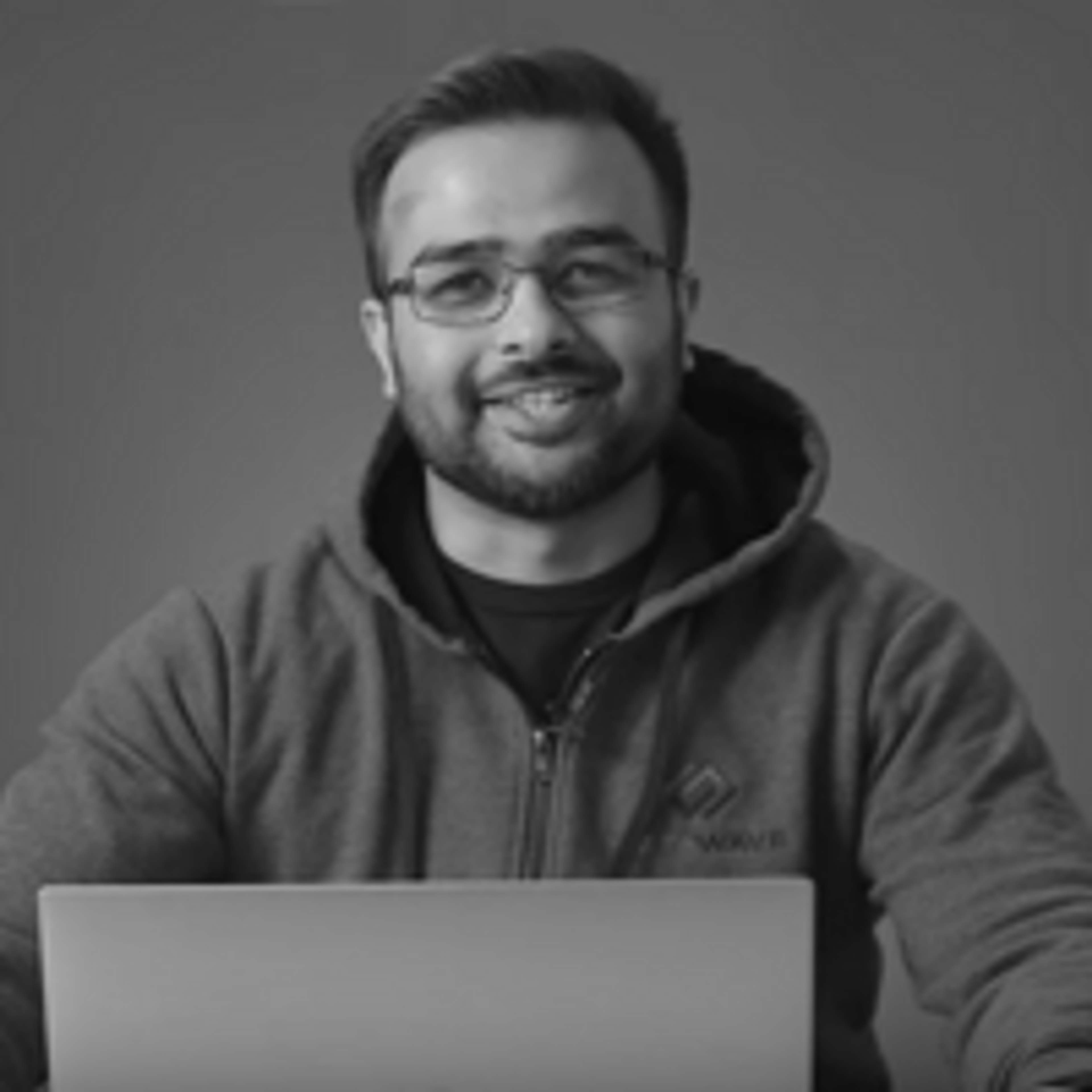
Instructor
Abdullah holds his M.S from the University of Maryland and is an expert in the field of Radio Frequency Design and Digital Signal processing. After spending several years at Qualcomm, Abdullah joined Metawave, where he now leads Radar development for autonomous driving.

Instructor
Andreas Haja is an engineer, educator, and autonomous vehicle enthusiast. Andreas now works as an engineering professor in Germany. Previously, he developed computer vision algorithms and autonomous vehicle prototypes using C++.
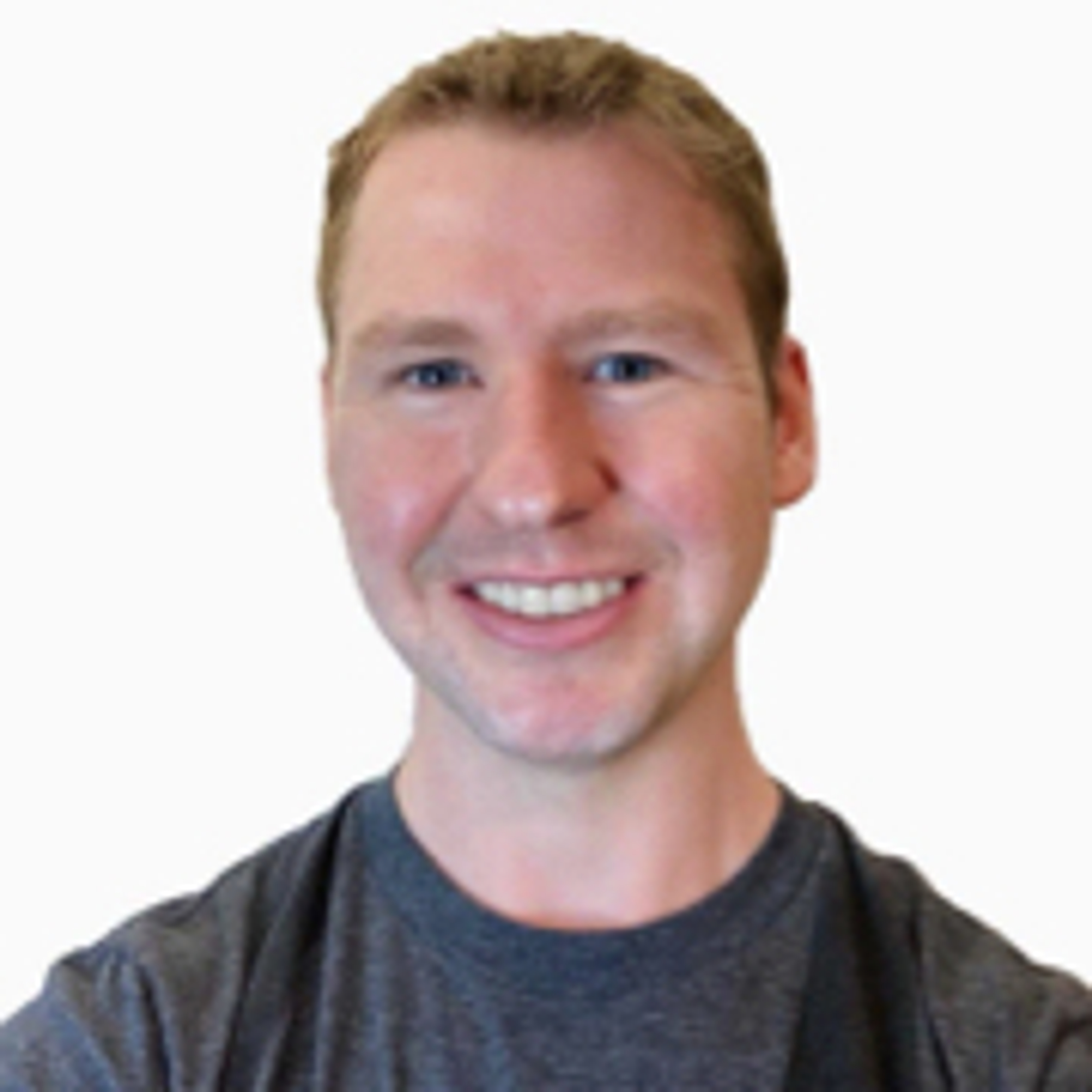
Senior Software Engineer
Aaron has over 7 years in the autonomous vehicle field, starting as a Udacity content developer then instructor, focusing on Lidar in the Sensor Fusion and Self-Driving Car Nanodegree Program. For the last 5 years, he's been with Mercedes-Benz R&D North America, working in functional testing, Sensor Fusion, and Machine Learning driven by a passion for technological evolution and problem-solving.
Average Rating: 4.8 Stars
(175 Reviews)
Combine technology training for employees with industry experts, mentors, and projects, for critical thinking that pushes innovation. Our proven upskilling system goes after success—relentlessly.

Demonstrate proficiency with practical projects
Projects are based on real-world scenarios and challenges, allowing you to apply the skills you learn to practical situations, while giving you real hands-on experience.
Gain proven experience
Retain knowledge longer
Apply new skills immediately

Top-tier services to ensure learner success
Reviewers provide timely and constructive feedback on your project submissions, highlighting areas of improvement and offering practical tips to enhance your work.
Get help from subject matter experts
Learn industry best practices
Gain valuable insights and improve your skills

Unlimited access to our top-rated courses
Real-world projects
Personalized project reviews
Program certificates
Proven career outcomes
Full Catalog Access
One subscription opens up this course and our entire catalog of projects and skills.
Average time to complete a Nanodegree program

Sensor Fusion